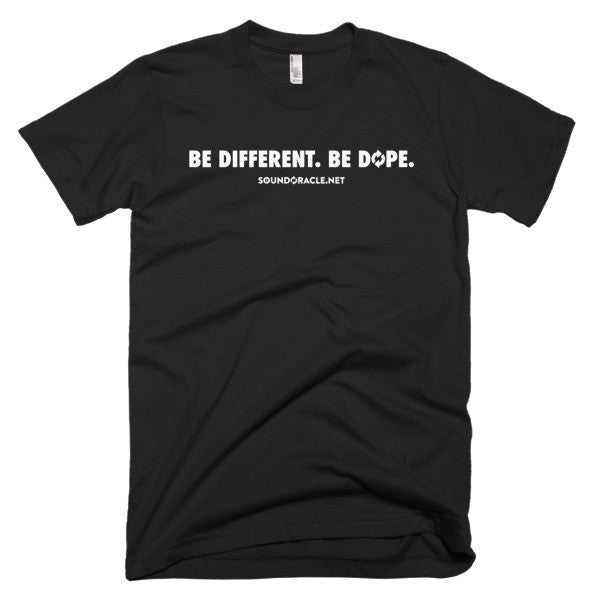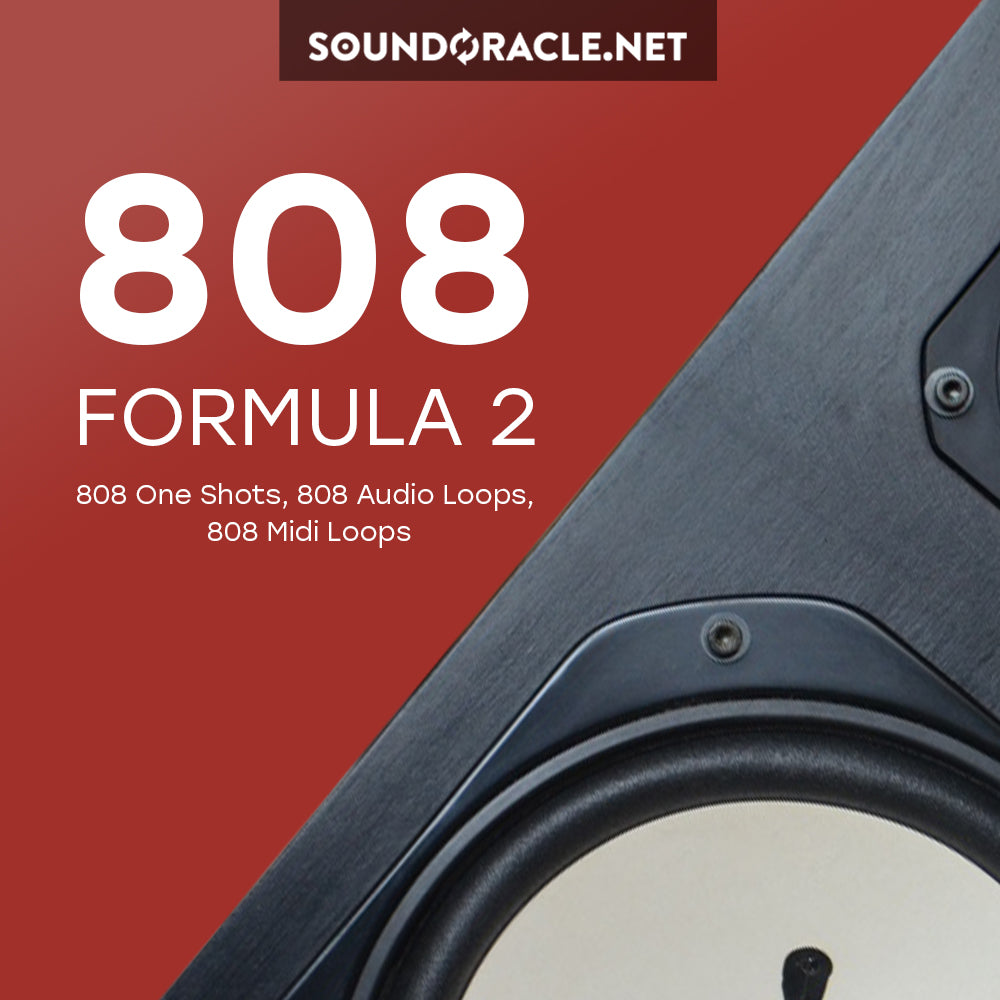Quick Guide To Delays!

QUICK GUIDE TO DELAYS!
These quick production tips will definitely save you time in the studio and improve your workflow.
Delays are always a great way to fill space, add emphasis, create bounce, or just add a cool vibe to your track!
So let's breakdown what some of the common parameters found on delays are!
Wet/Dry - This blends the processed signal with the dry signal. Basically the delayed signal is blended with the non-delayed signal. If you're using your delay on an AUX track as a send & return, you will want to set this knob to 100%. In most cases, you will want to put your delay on an AUX track. That way you're not affecting your original signal & you can blend your delays in much better!
Time - This sets the value of time that it will take for your audio source to repeat. Most of the time you will want to set your delay to be in sync with the BPM of your song & you would just choose a note value. You can also set the time to the BPM with a simple math equation. Just take 7,500 & divide it by the BPM of your track. That will give you a 32nd note. Divide that number to get faster notes & times that number to get slower notes.
Tempo Lock - This parameter impacts the timing of your delay. It's pretty simple to use & most delays have this setting already engaged to lock in with your tempo. You will want this engaged when choosing a note value for your delay.
Feedback - This sets the number of times the echo will repeat. When set to 0, your audio source will only repeat once. The more you increase this knob, the more your audio will repeat. Be very CAREFUL with this knob though! Once you start to crank it too much, it can become very dangerous. You can create a feedback loop that can damage your speakers & your ears permanently!
Filters - This section will cut out the low & high frequencies of your audio track. This is another reason why it's best to use your delays on an AUX track. If it's on an AUX track, the filters won't affect the original audio signal & it will only be applied to the delayed signal. Filtering your delays can really help with fitting your delays into your mix better & avoid clashing with your original source. They're also great for creating space & depth.
Mode - Another option you may run into inside of your delay plugin is a "mode" type. This is an area that will tell your delay what to do in the stereo field. The regular mode is telling your delay to stay down the middle. Ping Pong will bounce the delay back & forth between the left & right speakers.
More Tips and Resources...
Tutorials: Tips and Tutorials
Sample Packs:
http://soundoracle.net/
Podcast:
http://bit.ly/YouTube-UnQuantizedPodcast
Check out my gear on Kit:
https://kit.com/Sound_Oracle
Follow Me Online...
Instagram:
https://www.instagram.com/soundoracle/
YouTube:
Youtube/SoundOracle
Facebook:
https://www.facebook.com/Soundoracle/
Twitter:
https://twitter.com/SoundOracle

"All Day" Producer T-Shirt

UnQuantized T-Shirt

BE DIFFERENT. BE DOPE. - Black T-Shirt (Available in Black or Red)







